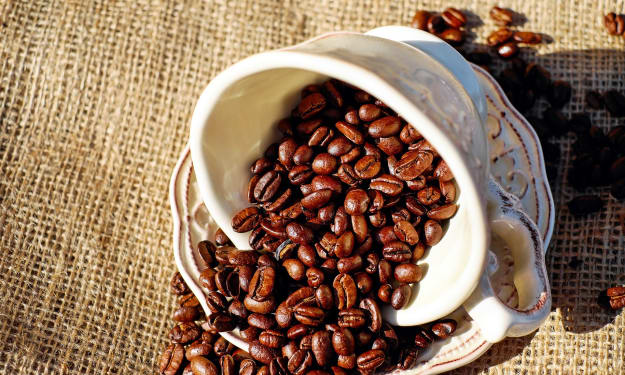Exploring Low-Fat Diets: Benefits, Risks, and Effectiveness
A Comprehensive Guide to Ornish and Pritikin Diets and How They Can Impact Your Health

Low-Fat Diets: Exploring the Ornish and Pritikin Diets
Low-fat diets have been popular for decades, with the belief that reducing dietary fat can lead to weight loss and improved health. The Ornish and Pritikin diets are two examples of low-fat diets that have gained popularity in recent years. In this article, we will explore the principles, potential benefits, and limitations of these diets.
The Ornish Diet
The Ornish diet was developed by Dr. Dean Ornish in the 1980s, with the goal of preventing and reversing heart disease through lifestyle changes. The diet is low in fat, with no more than 10% of daily calories coming from fat. It is also low in cholesterol, refined carbohydrates, and animal protein, and high in fruits, vegetables, whole grains, legumes, and soy products.
In addition to dietary changes, the Ornish program includes exercise, stress management, and social support. The diet is divided into four tiers, with each tier gradually increasing the intake of fat and calories. The first tier is the most restrictive, with no more than 10% of daily calories coming from fat. The fourth tier allows up to 30% of daily calories from fat, and is intended for weight maintenance rather than weight loss.
Research has shown that the Ornish diet can lead to significant improvements in heart health. In a study of 28 men with heart disease, those following the Ornish program experienced a reversal of their heart disease, with a 91% reduction in the frequency of chest pain, compared to a control group. Other studies have found that the Ornish diet can lead to weight loss, improved cholesterol levels, and reduced inflammation.
However, the Ornish diet can be challenging to follow, as it requires significant dietary changes and lifestyle modifications. It may also be difficult for some people to meet their nutritional needs with such a low-fat diet.
The Pritikin Diet
The Pritikin diet was developed by Nathan Pritikin in the 1950s, with the goal of improving overall health through a low-fat, high-fiber diet. The diet is low in fat, with no more than 10% of daily calories coming from fat, and high in complex carbohydrates, fruits, vegetables, and whole grains.
In addition to dietary changes, the Pritikin program emphasizes exercise and stress management. The diet is divided into three phases, with each phase gradually increasing the intake of calories and variety of foods. The first phase is the most restrictive, with no added fats or oils. The second phase allows a small amount of added fats, such as nuts and seeds. The third phase allows up to 20% of daily calories from fat, and is intended for weight maintenance rather than weight loss.
Research has shown that the Pritikin diet can lead to improvements in heart health, including reduced cholesterol levels and blood pressure. It may also lead to weight loss and improved blood sugar control in people with type 2 diabetes.
Like the Ornish diet, the Pritikin diet can be challenging to follow, as it requires significant dietary changes and lifestyle modifications. It may also be difficult for some people to meet their nutritional needs with such a low-fat diet.
Conclusion
Low-fat diets, such as the Ornish and Pritikin diets, have been shown to improve heart health and other aspects of health. However, these diets can be difficult to follow and may not be suitable for everyone. It is important to talk to a healthcare professional before starting any new diet or exercise program, and to tailor the program to your individual needs and preferences.
About the Creator
MEHMET CALISKAN
6be465ca83422ab5303f52ba68c9181463a2d9eecc505aa11d28f715361fce4e






Comments
There are no comments for this story
Be the first to respond and start the conversation.